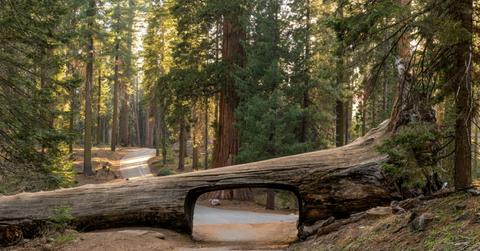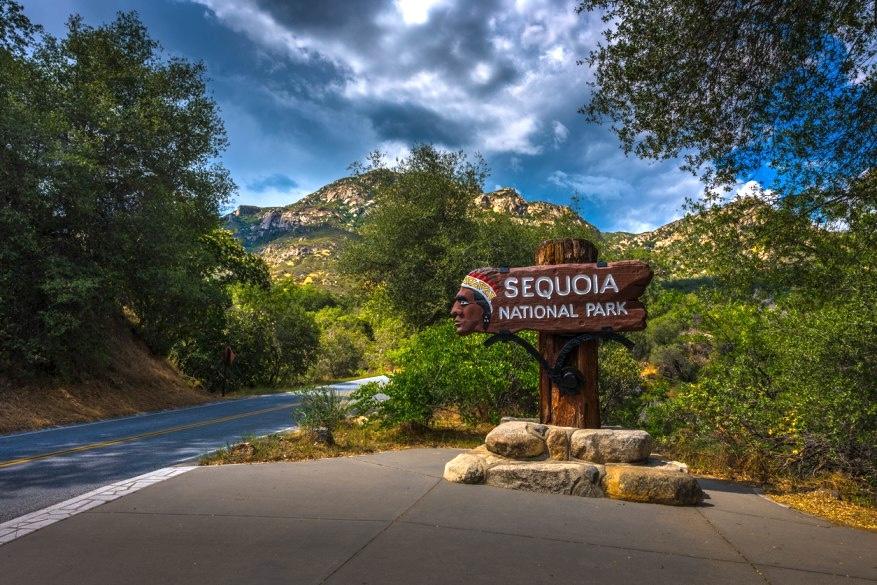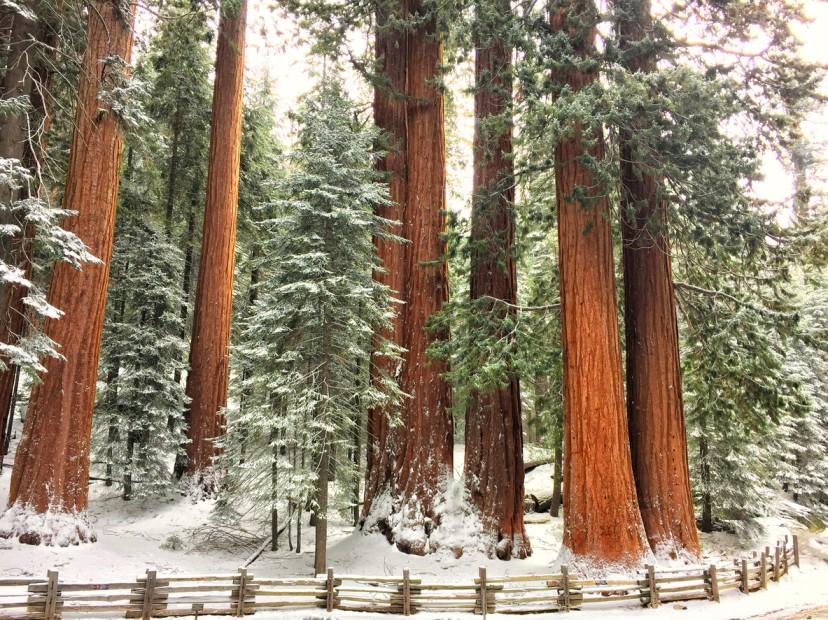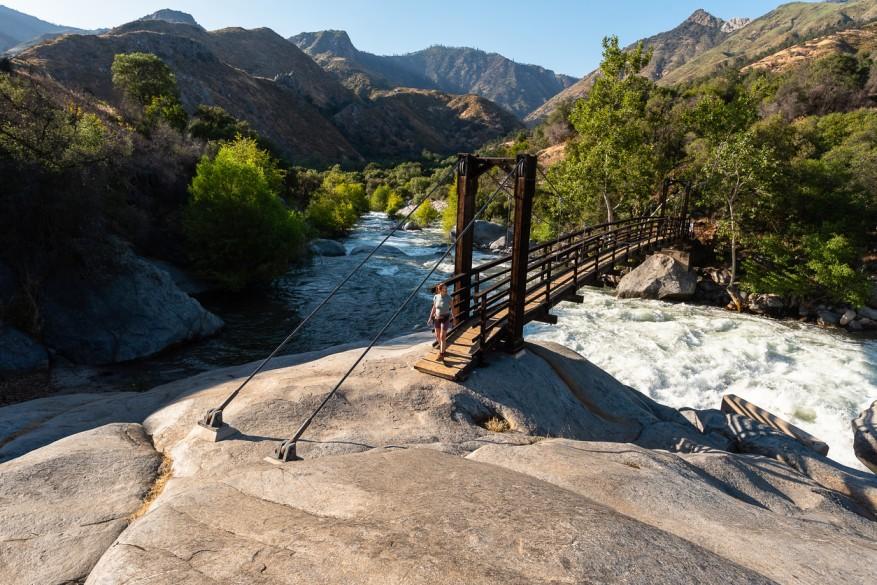These Two Seasons Are Hands-Down the Best Times to Visit Sequoia National Park
There are few places as exceptionally colorful as Sequoia National Park in autumn.
Updated July 18 2024, 2:23 p.m. ET

The famous fallen Tunnel Log from 1937 is pictured along Crescent Meadow Road in Giant Forest in Sequoia National Park.
The towering trees of Sequoia National Park afford visitors a canopy that shields them from the midday sun, the heavy rainfall, or the infamous snowpack from the demanding Sierra Nevada mountain range. Sequoia National Park features the highest point in the contiguous U.S., offers a photogenic famous tunnel from a tree fallen a century prior, and boasts a remarkable array of colors in its forests.
But when is the best time to visit Sequoia National Park to see such wondrous sights?
If you're planning a road trip to view the breathtaking redwoods and sequoias in the U.S., or you're seeking some of the best hiking trails across the entire state of California, you'll want to make sure you visit Sequoia National Park to observe the natural beauty throughout the seasons.

When is the best time of year to visit Sequoia National Park?
The summer and fall are the best seasons to visit Sequoia National Park.
The US Park Pass declares the summer season as the best time to visit Sequoia National Park due to the manageable temperatures, lack of road closures due to snow, and beautiful blooming wildflowers against the backdrop of thousands of gigantic trees.
Per US Park Pass, the aptly named Giant Forest features more than 8,000 sequoia trees, which offers visitors much-needed shade during the summer season.
With more than 400,000 acres, Sequoia National Park features four unique regions with differing characteristics, ranging from land teeming with wildflowers to forests with gargantuan sequoia trees to hiking spots with unfathomably beautiful mountainous views.
Naturally, with everything in bloom and few weather-related restrictions in place during the summer, tourists abound. For some, that means other seasons may be more attractive for various reasons.

What Sequoia National Park is like in winter:
There are few phrases more alluring to an outdoor enthusiast than "giant sequoia trees blanketed with freshly fallen snow." Indeed, Sequoia National Park is one of the best national parks to visit during the winter season.
The area is a sight to behold, as the heavy snow throughout the Sierra Nevadas leads to scenic views of many trees that, thankfully, aren't barren during the cold season.
According to the National Park Service, winter activities abound. When weather restrictions force road closures during the winter, visitors can ski and snowshoe their way through the Giant Forest and various groves, while families can enjoy snowball fights and hikes alike across various trails.

What Sequoia National Park is like in summer:
Some parts of Sequoia National Park will still have snow during the summer, but road restrictions are far fewer (if at all) and temperatures may reach the 70s at their highest and low-40s or 30s at night. According to the Visit Sequoia National Park & Kings Canyon National Park website, there are some afternoon thunderstorms and occasional lightning storms, but sunscreen is a must when out on the trails.
What Sequoia National Park is like in fall:
Per the Visalia Convention & Visitors Bureau, the tree leaves start to turn "golden yellow and orange" and fewer tourists brave the cooling temperatures of the fall season.
Because the fall season precedes the impending snowfall, hiking for longer durations is made more bearable thanks to cooler temperatures, and the midday sun provides respite from the comparably crisper weather.
There may be no better season than fall to witness the world-famous Tunnel Log against a backdrop of beautiful colored trees. Per the Visit Sequoia website, the 275-foot-tall fallen sequoia is estimated to be more than 2,000 years old.
Located on Crescent Meadow Road in the Giant Forest, the tree fell in 1937; a tunnel was crafted through the tree the next summer, and it has been a charming, mesmerizing attraction ever since.
What Sequoia National Park is like in spring:
The spring season might be the best for those looking to combine some of the best aspects of Sequoia National Park throughout the year. Per the Well Planned Journey blog, colder temperatures at night give way to milder temperatures during the day, but visitors should prepare for winter-like snowy conditions at some points during the spring.
It is also the rainiest season at Sequoia National Park, and towards the end of the season, the blooming of wildflowers is a breathtaking sight to behold.